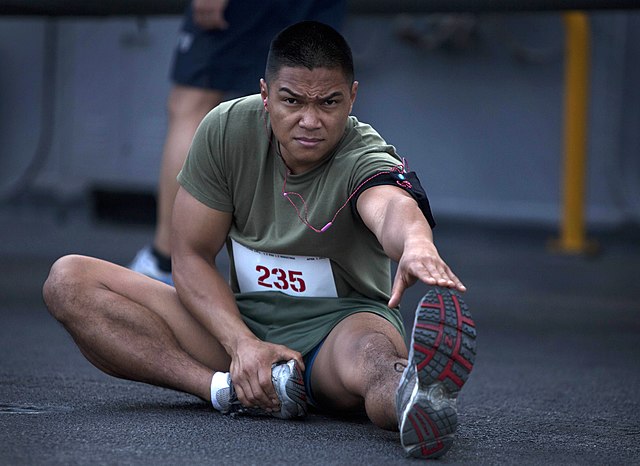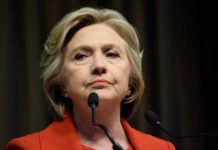
Once a symbol of American youth vigor, the Presidential Fitness Test now rests as a reminder of a bygone era of challenge and competition.
At a Glance
- The study investigates the efficacy of the Presidential Youth Fitness Program (PYFP) in promoting healthy cultures within schools, grounded in organizational change theory.
- The Physical Fitness Test will be replaced by the Presidential Youth Fitness Program starting next school year.
- The new program is a “health-related, criterion-based assessment” aimed at reducing intimidation in gym classes for K-12 students.
- FITNESSGRAM assesses five areas: aerobic capacity, body composition, flexibility, muscle strength, and muscular endurance.
- President Kennedy’s initiative built on President Eisenhower’s efforts to promote fitness among Americans.
From Kennedy to Today’s Classrooms
Initiated during President Kennedy’s administration, the Presidential Fitness Test became a benchmark for physical excellence among American students. The test, introduced under the Johnson administration in 1966, required students to showcase their physical prowess through rigorous challenges such as pull-ups, endurance runs, and more. It was a time when competition reigned supreme, and high-achieving students were recognized with awards—a stark contrast to today’s focus on mere participation. Now, this fitness legacy is making way for the Presidential Youth Fitness Program (PYFP).
The PYFP emphasizes health-related fitness rather than competitive performance. Developed by entities like the President’s Council on Fitness and Nutrition, the program uses the FITNESSGRAM assessment to evaluate student health across five areas without the intimidation factor previously associated with physical tests. While the five physical areas including aerobic capacity and muscular endurance aim to assess student fitness, the new system plans to retain students’ scores confidentially.
Trump Can Make America Healthy Again
By Robert F. Kennedy Jr.In my speech endorsing Donald Trump, I said we need to love our kids more than we hate each other. That means coming together to address common problems, and few are more urgent than the chronic-disease crisis.…
— 🔥Dino Palazzi (@EuphoriumArts) September 7, 2024
School’s Role in Fostering Fitness
According to research, the Presidential Youth Fitness Program promotes healthy cultures within schools using organizational change theories. Investigations revealed the importance of prolonged professional development, direct support, and recognition for effective implementation. Key themes include leveling the playing field and recruiting ‘teacher fitness champions’ to navigate through barriers. Findings suggest this program offers a feasible, cost-effective means to establish health-oriented school cultures.
As schools transition to the PYFP, professional development for physical educators is key. Resources like webinars will be available, alongside free recognition certificates, medals, and badges for students’ participation. Despite these supports, schools may face challenges such as funding shortages and needing strategic buy-in from educators to successfully integrate the new system into existing curricula.
President Trump @realDonaldTrump and RFKJr. @RobertKennedyJr in Making America Great and Healthy Again, I am asking you to bring back the Presidential Physical Fitness Challenge to our Nation's schools.
Thank you!— AmericanRebel (@rebel_1776_) November 23, 2024
Fitness Legacy and the Way Forward
The change away from the competitive Presidential Fitness Test reflects broader educational shifts towards inclusivity and student well-being. This move, however, raises questions about the role of competition in fostering achievement and resilience among the youth. While past initiatives like President Kennedy’s campaign highlighted the nation’s focus on physical proficiency, today’s approach aims for a more inclusive recognition of health-related fitness.
As we revisit Kennedy’s vision, the ongoing debate underscores the tension between nurturing excellence through competition and promoting health through equity—an ongoing dialogue for which there is no easy resolution.
Sources:
https://www.ncbi.nlm.nih.gov/pmc/articles/PMC10495871
https://www.nytimes.com/2024/02/20/well/move/presidential-fitness-test-adult.html






















